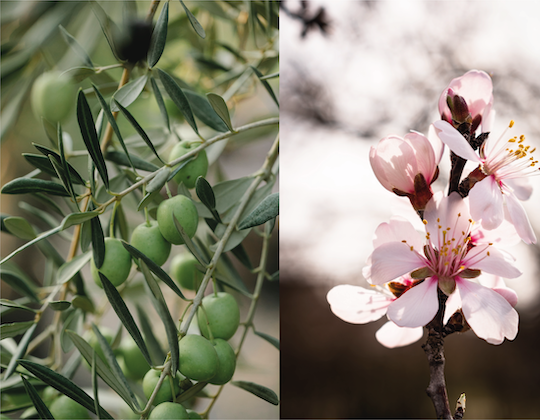The surface of the planet is 510 million square kilometers, of which 29% is dry land, i.e. 149 million square kilometers, and the rest, 71% are seas and oceans. Of this area, 29% is unproductive land, 23% is pasture, 34% is forest, 3% is buildings, and the remaining 11%, or 15.2 million square kilometers, is arable land, or in other words, only 3% of the total surface of the Earth is arable, and of this area, 75% is cultivated. Permanent crops account for 10% of the arable land and the rest is seasonal or shifting cultivation. Within permanent crops we have different types of agriculture: those represented by plants of the same nature as esparto grass, occupying 50% of the area, and the rest, almost 73 million hectares, would be permanent woody crops, i.e. trees. Cultivated irrigated land on the planet accounts for 20% of the total, while rainfed land accounts for 80%.
With respect to the current distribution of the working population, of the almost 3.5 billion people working, 25% are dedicated to agriculture, 24% to industry, and the remaining 51% to the service sector, but by 2100, it is expected that agriculture will account for less than 15% of the total working population, while the service sector will be favored with an increase to 60%, while industry will remain at around 25%. In Europe, agriculture will account for only 2.5% of the active population.
To these initial premises, we must add that woody crops are, on average, 4 times more profitable than seasonal crops, and if they are irrigated, this multiple could be up to 10 times. All this has meant that during the last 25 years woody crops have grown by more than 30 percent, having also become more technical, sophisticated and intensified, with a fundamental role -depending on the area of climatic influence, orography of the land, etc.- played by the palm, olive, coffee, vineyard, almond, pistachio, avocado, red fruits, etc.
Another important factor is that there has been a transformation in the profile of the farmer, becoming more sophisticated, by knowledge, innovation, dedication, training, experience, or nature, appearing new second and third generation farmers who have specialized; family office, and even investment funds, which have burst into agriculture, increasing the professionalization of the sector, valuing the land, and increasing the productivity of farms.
All this has meant that high quality land has been the object of desire, and if possible with water, in countries such as Australia, the United States, Italy, Tunisia, Greece, Spain and Portugal, among others, and mainly for planting almond trees or olive trees, with both woody crops having entered into a preferential duel during the last decade.
Why has the olive tree won the game? Nowadays, it is impossible to have olive tree plants immediately available in nurseries, depending on the variety, while almond trees or other woody trees are available.
Due to the lower labor requirements and higher profitability, woody crops have become one of the objectives of investors and farmers, but this entails a high level of mechanization, innovation and technification, without renouncing the highest levels of productivity and, therefore, profitability.
To this end, a woody crop requires that it be as efficient as possible, and efficiency in agriculture is synonymous with intensification, therefore, the greater the number of plants per hectare, (with a limit of course), the higher the production, a circumstance that has been amply proven and contrasted.
Of the two woody crops, the only one that can sustainably tolerate plantations with up to 2,000 plants is the olive grove, since the varietal diversity, although still improvable and with a wide path for innovation, is apt to be able to efficiently, effectively and simply manage the plant mass and the vigor of the olive tree for decades. This situation has not yet been fully achieved in almond growing, without going into detail on water requirements.
If we refer to the availability of optimal solutions in the harvesting of this type of crop, in the field of olive growing the aptitude is full, the horse-drawn harvesters perform this task particularly well. In the field of almond growing, the situation is comparatively different from that of olive growing.
And finally, the processing industry is vital within the process, and to a certain extent a greater or lesser degree of efficiency, optimization and net income depends on it. Similarly, in the context of modern olive growing, this situation is fully resolved by the conditions, characteristics and performance of the machinery housed in the mills. In the case of almond growing, the processing agro-industry, although highly developed, is not yet fully developed, and has ample room for improvement.
Therefore, and only compared to modern viticulture, hedgerow olive growing is an activity whose varietal scope, although it can be improved in certain terms, is fully resolved, the harvesting solutions are efficient and effective and the processing industry dedicated to the extraction of olive oils is brimming with technology that undoubtedly places it at the forefront, and this has led farmers to opt more for olive growing to the detriment of almond growing, although in an environment as turbulent as the one in which we live. All this is susceptible to change, which has made woody crops less and less permanent.

